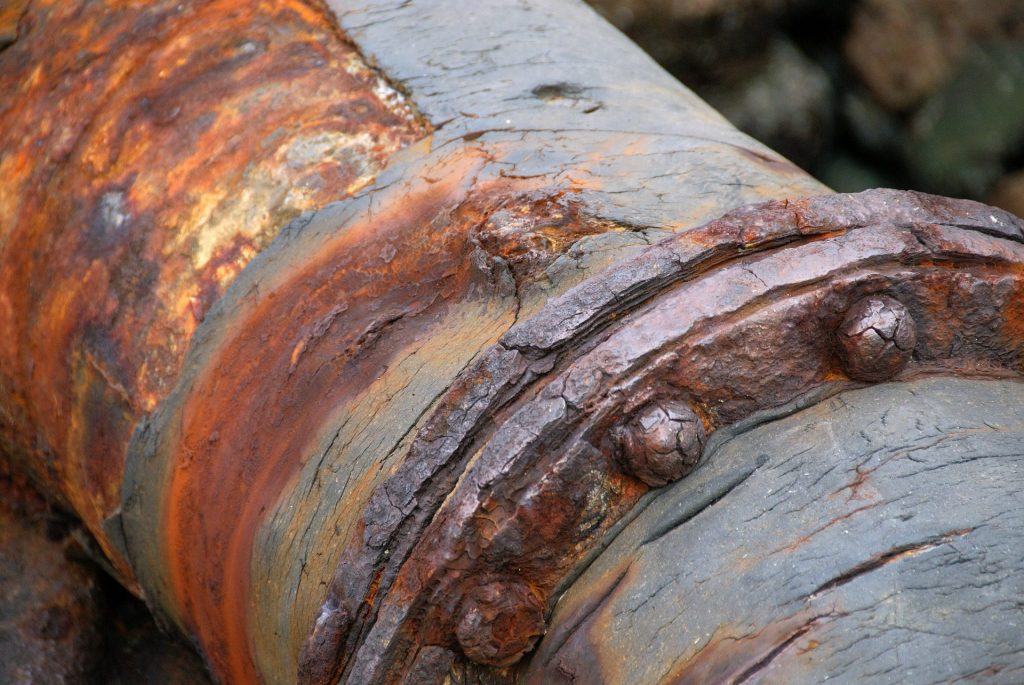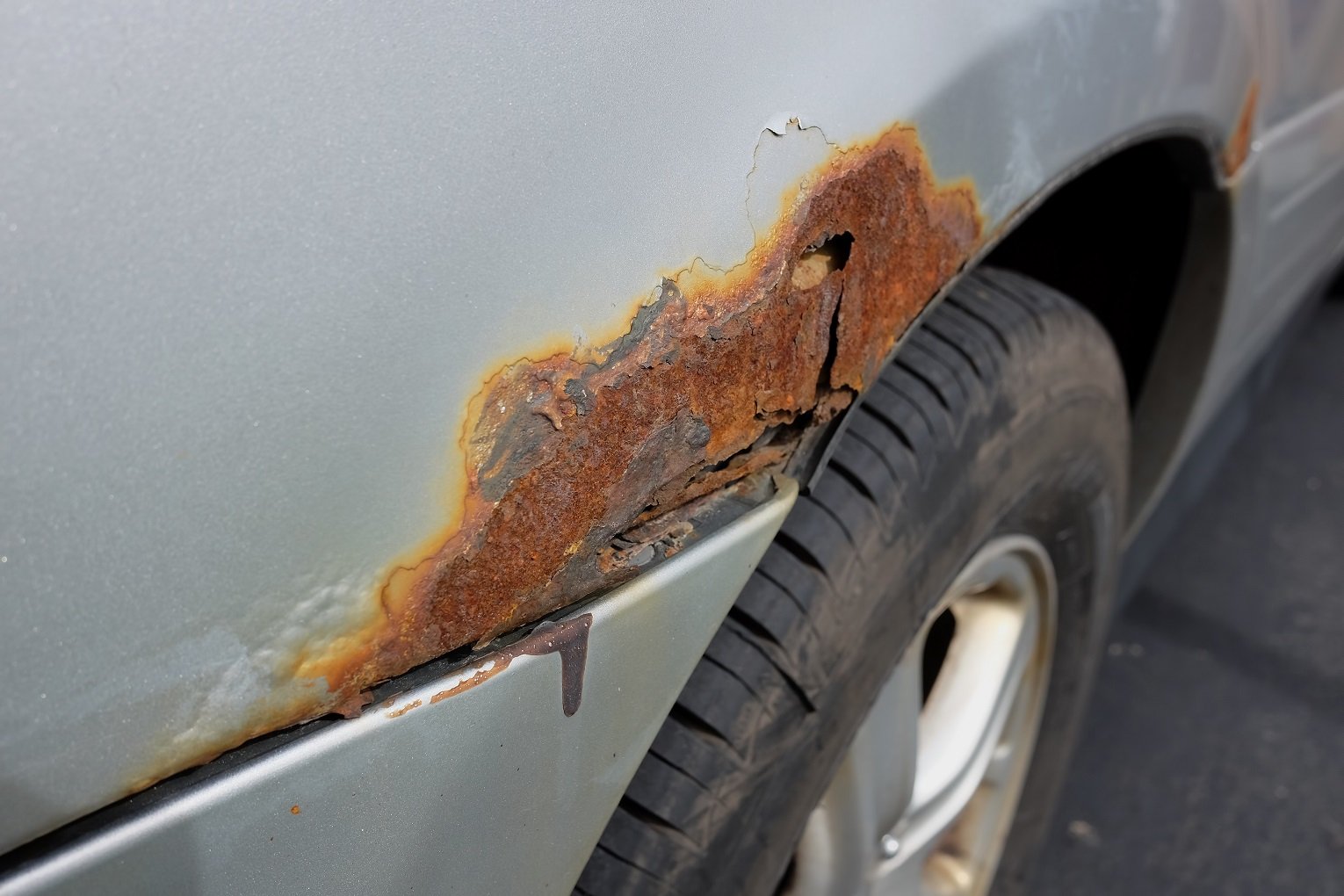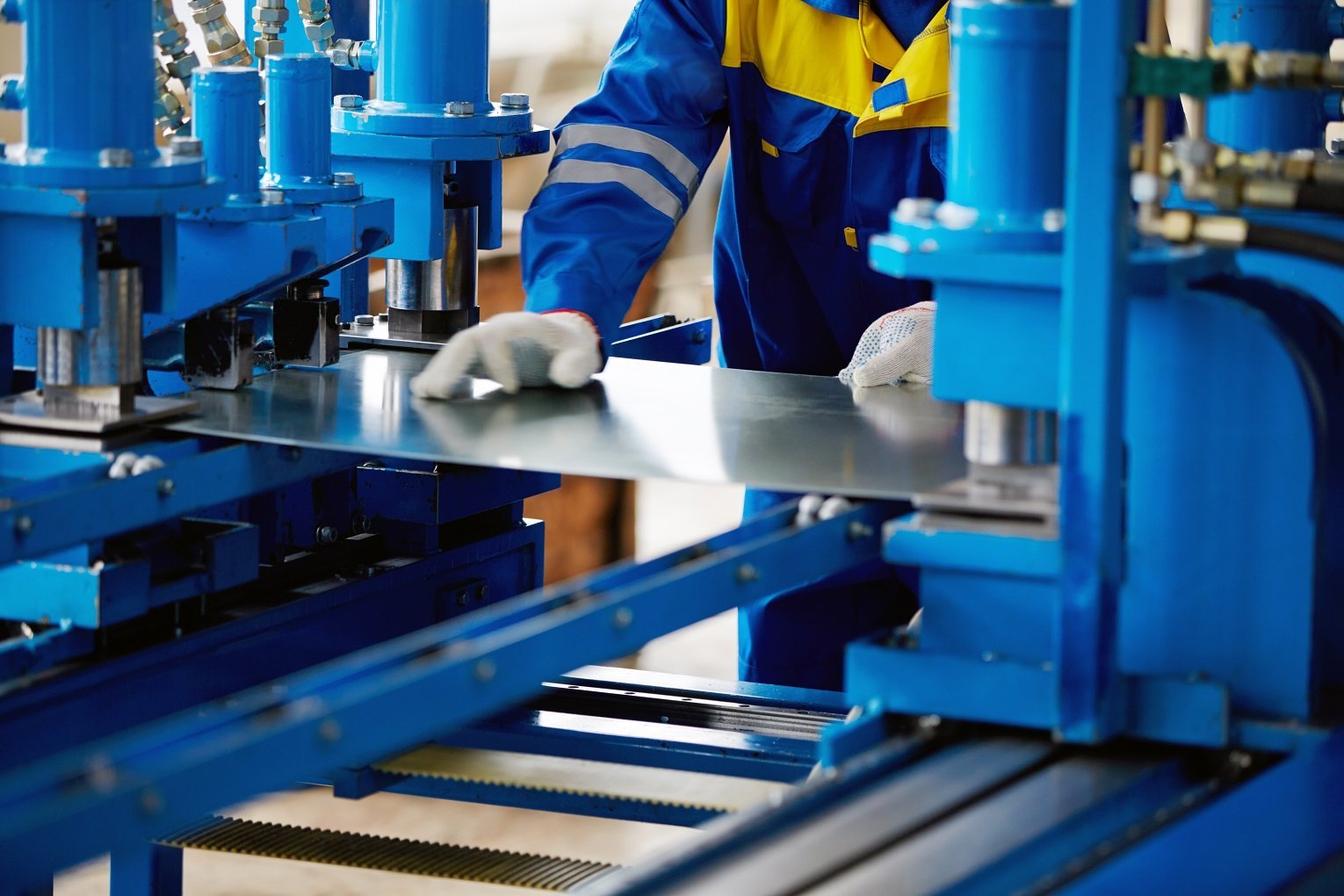Metal corrosion prevention is important for everyone to understand. Most people are familiar with metal corrosion in the form of rusting vehicles, especially when looking to purchase a vehicle. Generally, you’ll want to avoid a rusting vehicle because it signifies that the vehicle is ageing and perhaps unsafe to drive. Aside from vehicles, rusting or any other form of metal corrosion can occur on anything containing metal (for example buildings, street light posts, waterlines, kitchen appliances).
Metal corrosion can have a variety of negative effects not only on the apparatus the metal is contained in but on the individual using the apparatus and/or the people within the vicinity of it. Metal corrosion may cause buildings and bridges to collapse, pipelines to break, chemical plants to leak, and bathrooms to flood. Corroded medical (and metal) implants can lead to blood poisoning. There’s no real good to come from metal corrosion – that’s why you probably want to prevent it before it happens.
To prevent these serious incidents from happening, minor corrosion requires immediate attention before it becomes dangerous and potentially harmful. Ongoing maintenance of metal is a key preventative measure and there are many other metal corrosion prevention tactics to be aware of.
However, before highlighting some metal corrosion prevention techniques, let’s discuss how metal corrosion occurs.
What Causes Metal Corrosion?
The most effective way to combat the effects of metal corrosion is to understand what type of metal corrosion it is that you’re trying to prevent. Once you understand this, you are in a better position to understand what prevention strategies will work.
There are 4 types of corrosion:
-
General Attack Corrosion
This very common form of corrosion attacks the entire surface of a metal structure. It is caused by chemical or electrochemical reactions. While general attack corrosion can cause the metal to fail, it is also a known and predictable issue. As a result, it is relatively easy to plan for and manage.
-
Localized Corrosion
This corrosion attacks only portions of a metal structure. There are three sub-types of localized corrosion:
- Pitting: the creation of small holes in the surface of a metal.
- Crevice corrosion: corrosion that occurs in stagnant locations, such as those found under gaskets.
- Filiform corrosion: corrosion that occurs when water gets under a coating such as paint.
-
Galvanic corrosion
This can occur when two different metals are located together in a liquid electrolyte such as saltwater. In essence, one metal’s molecules are drawn toward the other metal, leading to corrosion in only one of the two metals.
This a common problem for metals submerged together in seawater, but can also occur when two dissimilar metals are immersed in close proximity in moist soils. For these reasons, galvanic corrosion often attacks ship hulls, offshore rigs, and oil and gas pipelines.
-
Environmental Cracking
When environmental conditions are stressful enough, some metal can begin to crack, fatigue or become brittle and weakened.
In virtually all situations, metal corrosion can be managed, slowed, or even stopped by using the proper techniques. Metal corrosion prevention can take a number of forms depending on the circumstances of the metal being corroded.
Metal Corrosion Prevention Strategies
Below are five different techniques, all of which highlight the type of metal corrosion they can most effectively prevent.
Environmental Modification
Corrosion is caused by chemical interactions between metal and gasses in the surrounding environment.
By removing the metal from, or changing, the type of environment, metal deterioration can be immediately reduced. This may be as simple as limiting contact with rain or seawater by storing metal materials indoors or could be in the form of direct manipulation of the environment affecting the metal. Methods to reduce the sulphur, chloride, or oxygen content in the surrounding environment can limit the speed of metal corrosion. For example, feedwater for water boilers can be treated with softeners or other chemical media to adjust the hardness, alkalinity or oxygen content in order to reduce corrosion on the interior of the unit.
Inhibitors
Corrosion inhibitors are chemicals that react with the metal’s surface or the environmental gasses causing corrosion, thereby, interrupting the chemical reaction that causes corrosion. Corrosion inhibitors can work by absorbing themselves on the metal’s surface and forming a protective film. These chemicals can be applied as a solution or as a protective coating via dispersion techniques. The inhibitor’s process of slowing corrosion depends upon:
- Changing the anodic or cathodic polarization behaviour
- Decreasing the diffusion of ions to the metal’s surface
- Increasing the electrical resistance of the metal’s surface
Major industries for corrosion inhibitors are petroleum refining, oil and gas exploration, chemical production and water treatment facilities. The benefit of corrosion inhibitors is that they can be applied to metals as a corrective action in order to counter unexpected corrosion.
Coatings
Paints and other organic coatings are used to protect metals from the degradative effect of environmental gasses. Coatings are grouped by *the type of polymer used. Common organic coatings include:
- Alkyd and epoxy ester coatings that, when air-dried, promote cross-link oxidation
- Two-part urethane coatings
- Both acrylic and epoxy polymer radiation-curable coatings
- Vinyl, acrylic or styrene polymer combination latex coatings
- Water-soluble coatings
- High-solid coatings
- Powder coatings
Cathodic Protection
Corrosion may be controlled by introducing a second “sacrificial” metal, connecting it to the metal meant to be protected, and allowing the sacrificial metal to take on the corrosion instead. The protected metal acts as a cathode while the sacrificial metal acts as the anode. This method controls the amount of corrosion the cathode metal experiences.
Metal Selection and Surface Conditions
No metal is immune to corrosion in all environments, but through monitoring and understanding the environmental conditions that are the cause of the corrosion, changes to the type of metal being used can also lead to significant reductions in corrosion.
Metal corrosion resistance data can be used in combination with information on the environmental conditions to make decisions regarding the suitability of each metal.
Millennium Alloys for Kelowna’s Best Metal Selection
If you’re looking to speak with a metal distributor about metal corrosion prevention techniques, look no further. Millennium Alloys strives to provide our customers with solid advice, guidance and high-quality metal products.


